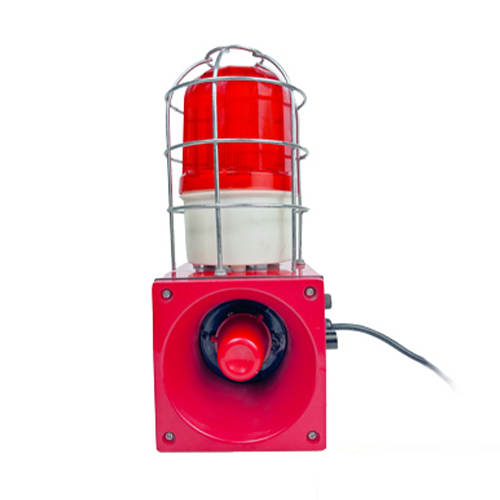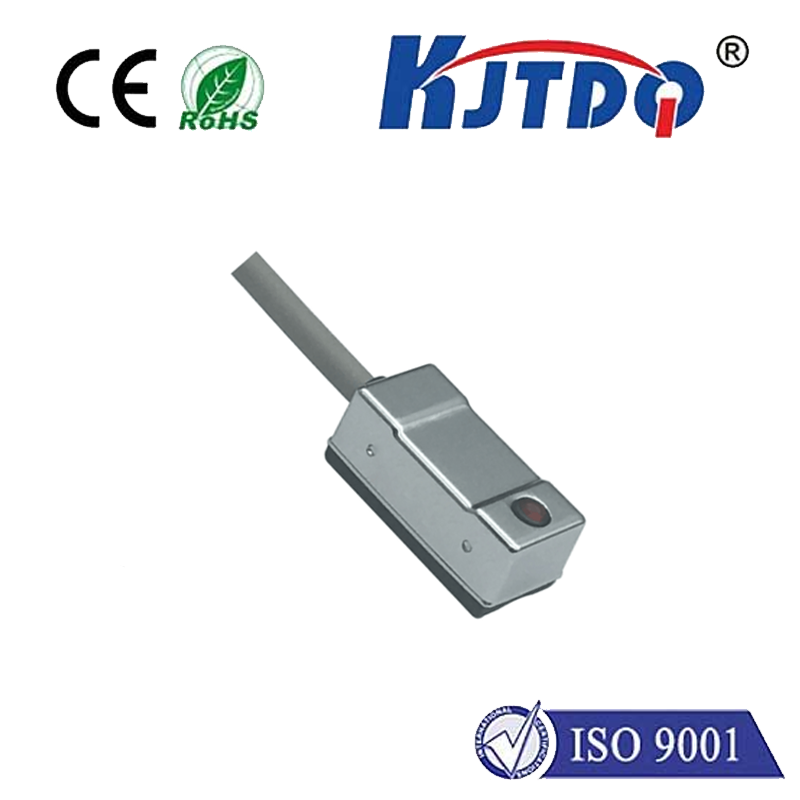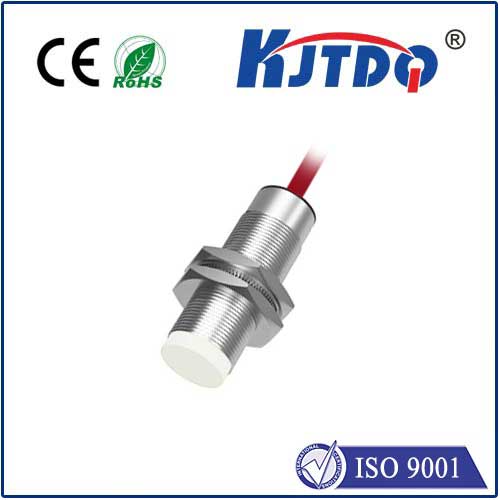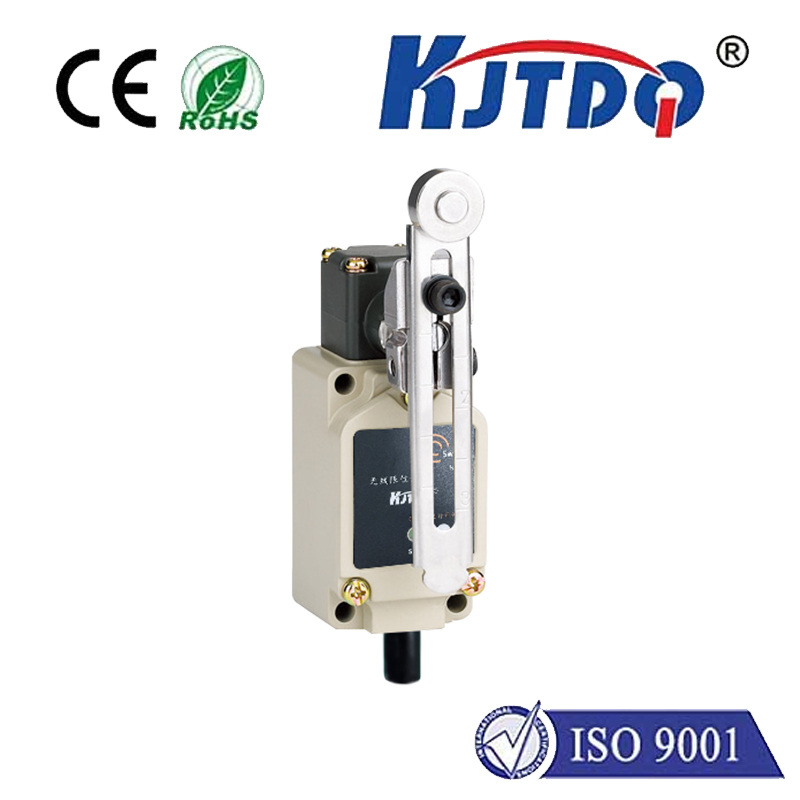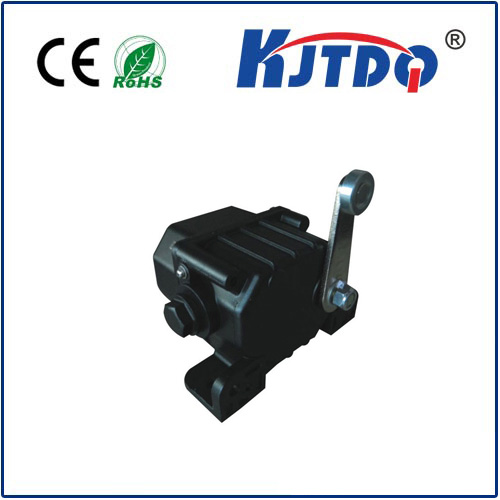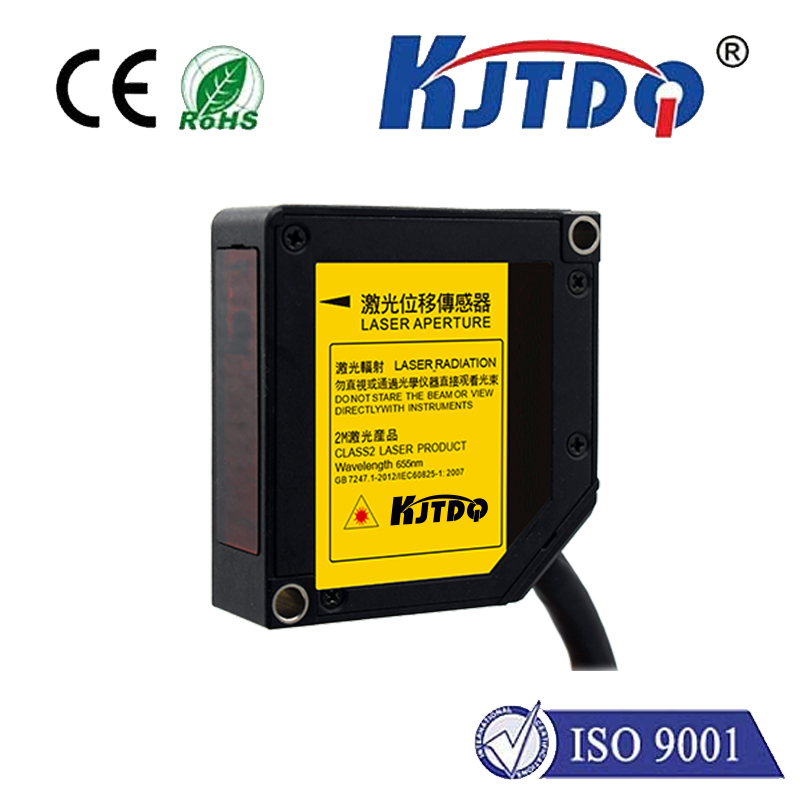ccd optical sensor
- time:2025-08-18 08:35:08
- Нажмите:0
CCD Optical Sensors: The Enduring Foundation of Precision Imaging
Think back to the breathtaking images from the Hubble Space Telescope after its corrective optics were installed. Or consider the crisp detail captured by high-end digital cameras before the modern smartphone era. Behind these visual marvels often lies an unsung hero: the CCD optical sensor. Though sharing the spotlight with CMOS sensors today, the Charge-Coupled Device remains a cornerstone technology, particularly where image quality, sensitivity, and precision are paramount.
Unlike modern CMOS sensors which process light signals directly at each pixel site, a CCD sensor operates on a unique principle. It’s essentially an array of microscopic light-sensitive buckets, known as pixels. When photons (light particles) strike a pixel within this optical sensor, they generate electrical charge proportional to the light intensity. This charge is stored locally.
Here’s where the “Charge-Coupled” part shines. Instead of reading each pixel individually in situ, a CCD meticulously shifts (or “couples”) these packets of charge across the silicon chip, pixel by pixel, row by row, like a meticulously orchestrated bucket brigade. This process relies on carefully controlled voltage sequences applied to electrodes on the chip’s surface, moving the charge towards a single, often exceptionally low-noise, output amplifier at the corner of the array. This charge is then converted into a digital signal representing the image.

Why does this matter? What sets CCD sensors apart? Several key attributes define their niche:
- Exceptional Image Quality: The centralized readout architecture minimizes noise sources that can be inherent in CMOS designs where readout circuitry exists at every pixel. This often translates to superior signal-to-noise ratio (SNR) and image uniformity. For applications demanding the highest fidelity, like scientific measurement, microscopy, or professional astronomy, minimizing noise is critical.
- High Quantum Efficiency (QE): QE measures how efficiently a sensor converts incoming photons into usable electrons. Historically, CCDs have boasted excellent QE, particularly in specific wavelength ranges (like the deep red and near-infrared). This makes them inherently more sensitive to low light levels than many early CMOS sensors. Specialized variants like back-illuminated CCDs (BI-CCDs) push this QE even higher by reversing the chip structure, allowing light to hit the photosensitive area directly without obstruction by circuitry.
- Uniformity and Linearity: The highly controlled charge transfer process and centralized readout contribute to excellent pixel-to-pixel uniformity and linear light response across the entire sensor. This is vital for applications like spectroscopy, radiometry, or any quantitative measurement where intensity accuracy is non-negotiable.
- Binning Capability: A powerful technique unique to CCDs, binning allows combining the charge from adjacent pixels before readout. This significantly boosts sensitivity (effectively creating larger virtual pixels) and readout speed at the cost of spatial resolution. It’s invaluable in low-light astronomy or fluorescence microscopy where capturing faint signals quickly is essential.
Where CCD Optical Sensors Still Reign Supreme:
While CMOS sensors dominate smartphones and consumer cameras due to advantages in power consumption, integration cost, and speed, CCDs maintain critical roles:
- Astronomy & Space Exploration: Deep-sky observations, planetary research, and space telescopes frequently rely on large-format, deep-depletion CCDs for their extreme sensitivity, low noise, and precise photometric capabilities. Binning is heavily utilized here.
- Scientific Imaging & Microscopy: Techniques like fluorescence lifetime imaging (FLIM), confocal microscopy, and spectroscopy demand the ultimate in sensitivity, linearity, and stability – areas where high-performance cooled CCDs excel. EMCCD (Electron Multiplying CCD) variants offer single-photon detection sensitivity with minimal noise.
- High-End Medical & Industrial Imaging: Certain X-ray detectors, specific types of medical cameras (e.g., some dental imaging, endoscopy), and demanding machine vision applications prioritize image consistency and quantitative accuracy, often choosing CCD technology.
- Broadcast & Cinema (Legacy & Specialty): While CMOS has largely taken over, high-end legacy broadcast cameras and some specialized cinematography equipment still leverage the unique look or specific colorimetry characteristics of certain CCD designs.
Key Considerations: The Trade-offs
Embracing a CCD optical sensor isn’t without compromises compared to its CMOS counterparts:
- Higher Power Consumption: The charge transfer mechanism requires complex clock signals and significant power, especially at high speeds.
- Slower Readout Speeds: The sequential nature of charge shifting inherently limits frame rates compared to parallel CMOS readout. Full-frame CCDs require a mechanical shutter, introducing lag.
- Blooming & Smear: Intense light sources can cause charge to overflow into adjacent pixels (blooming), creating streaks. Rapid motion during charge transfer can cause vertical streaks (smear). Interline transfer CCDs incorporate shielded storage areas per pixel to mitigate smear and enable electronic shuttering.
- Complexity & Cost: Manufacturing large, high-performance CCDs can be more expensive than CMOS equivalents, and supporting electronics are often more complex.
The Enduring Legacy of CCD
The march of CMOS technology continues relentlessly. Modern CMOS sensors have closed or surpassed the gap in many areas once dominated by CCDs, particularly speed and high-resolution video. However, the CCD optical sensor remains an indispensable tool for scientific discovery and specialized industrial tasks. Its unique architecture delivers unmatched levels of uniformity, Линейность, and low noise in specific configurations. For researchers peering into the deepest corners of the universe, analyzing the faintest cellular structures, or making precise optical measurements, the CCD continues to provide a foundation of reliability and precision. It’s not merely a relic; it’s a specialized instrument fine-tuned for the most demanding visual challenges, proving that in the world of optical sensing, sometimes the original innovator maintains its critical edge. The quest for the purest signal still often leads back to the charge-coupled device.

